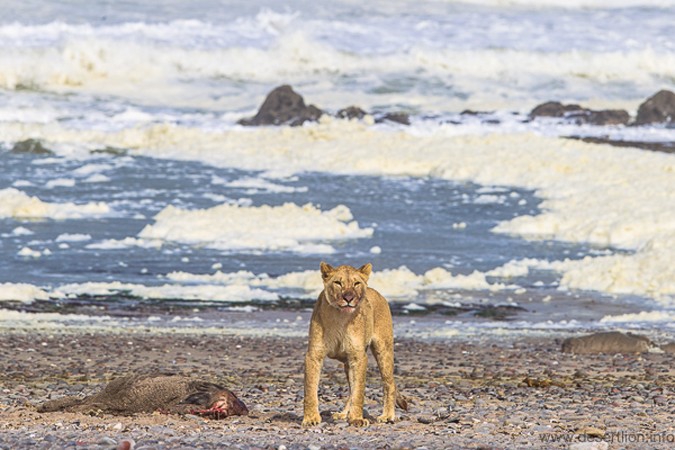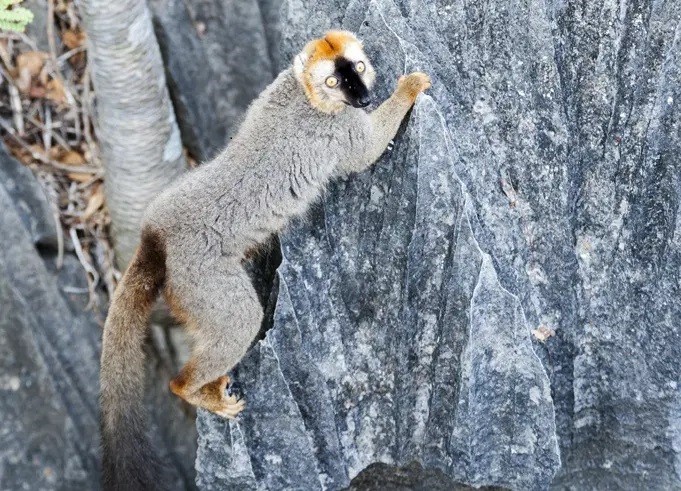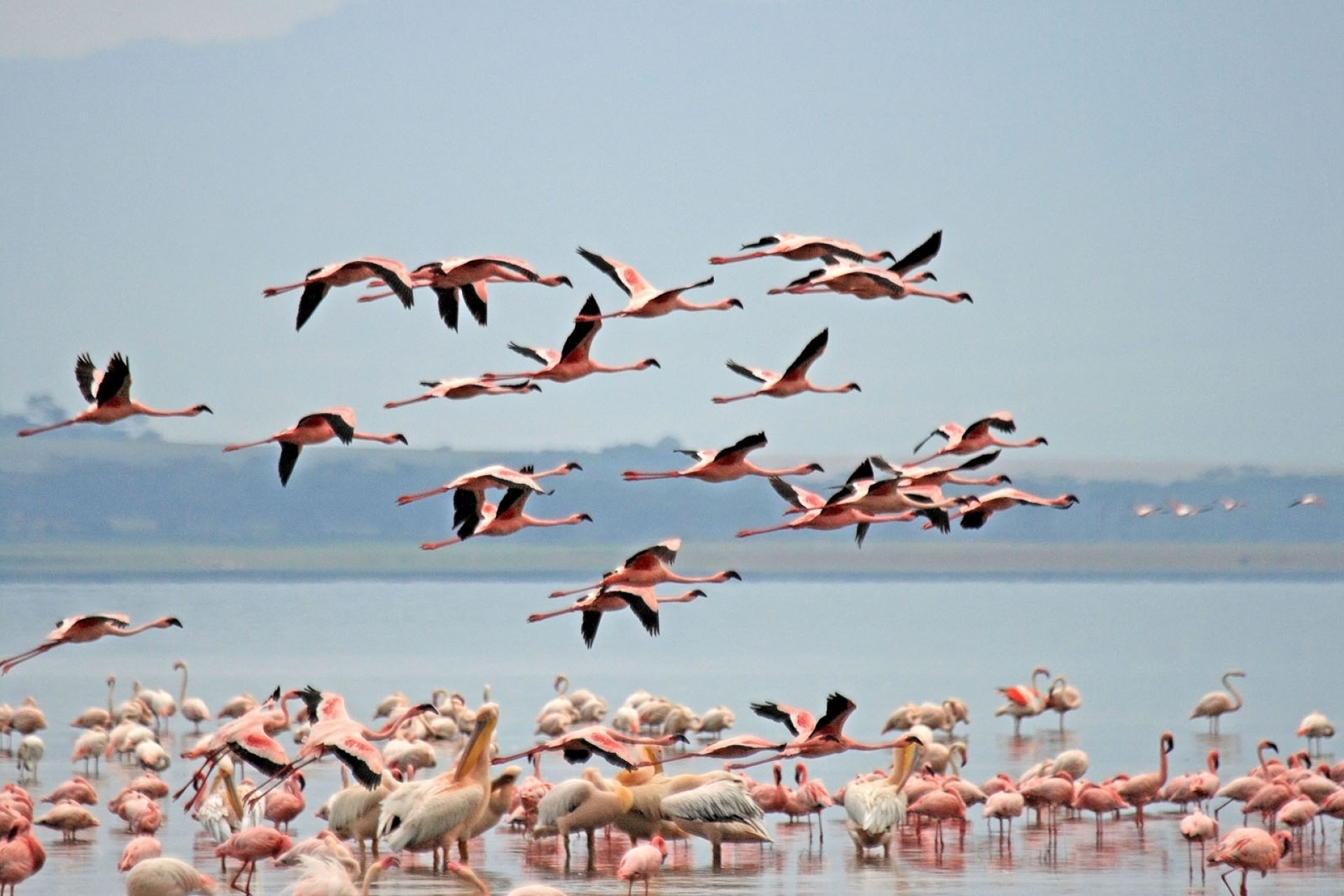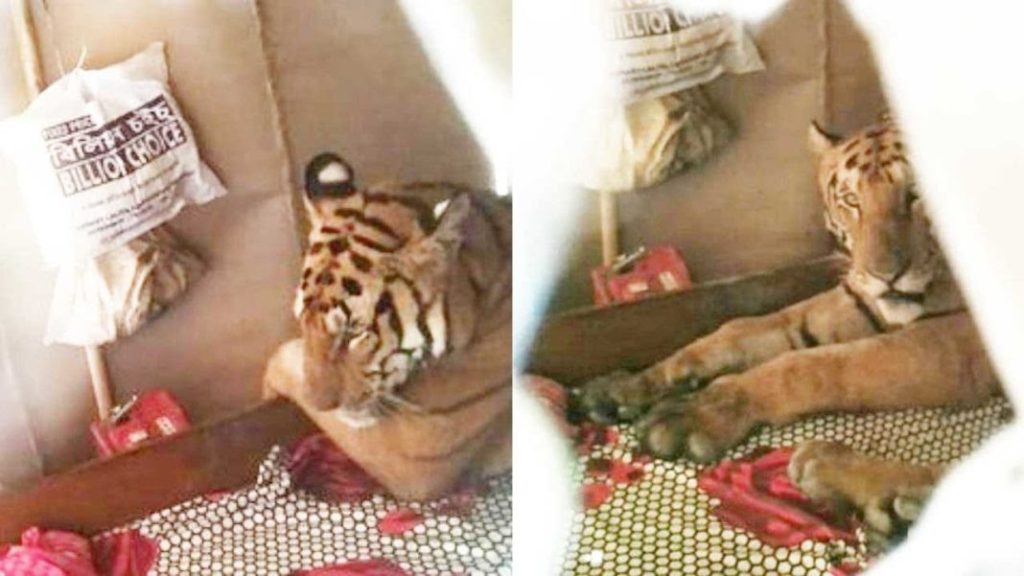The cape floral region is considered by the smallest and richest of the worlds floral kingdoms. While it can be stunning to visit, if you time it right (the year we visited there were few flowers).
The area once had a far wider range of wildlife, with and while the hotspot never supported concentrations of animals as strong as the those now protected in national parks, it did once have significant populations of many of the well-known large mammals, including common eland, African buffalo , lions, black rhinoceros, African elephant, Mountain zebra, and hippopotamus. Today, however, nearly all of these populations have disappeared or have been reduced to tiny remnant groups. Two of the most interesting mammals that once lived on the Cape are now extinct: the bluebuck and the quagga , a subspecies of the plains zebra that had no stripes on the rear part of its body. Both disappeared in the 1800s.
Today, there are about 90 species of mammals in the hotspot, four of which are endemic, including two species of golden moles: the Fynbos golden mole and the Endangered Van Zyl’s golden mole.
Of the region’s remaining large mammals, one of the most beautiful is the bontebok, an antelope that, though nearly extinct in the mid-1800s, was saved by the dedication of a small group of conservationists. Today, the bontebok numbers about 2,000, and the prospects for the species’ survival are quite good. The hotspot is also the home of several small solitary antelope species, including the Cape grysbok.
National parks in this region include
- Table Mountain National Park
- Cederberg Wilderness Area
- Groot Winterhoek Wilderness Area
- Boland Mountain Complex
- De Hoop Nature Reserve
- Boosmansbos Wilderness Area
- Swartberg Complex
- Baviaanskloof Mega Reserve















